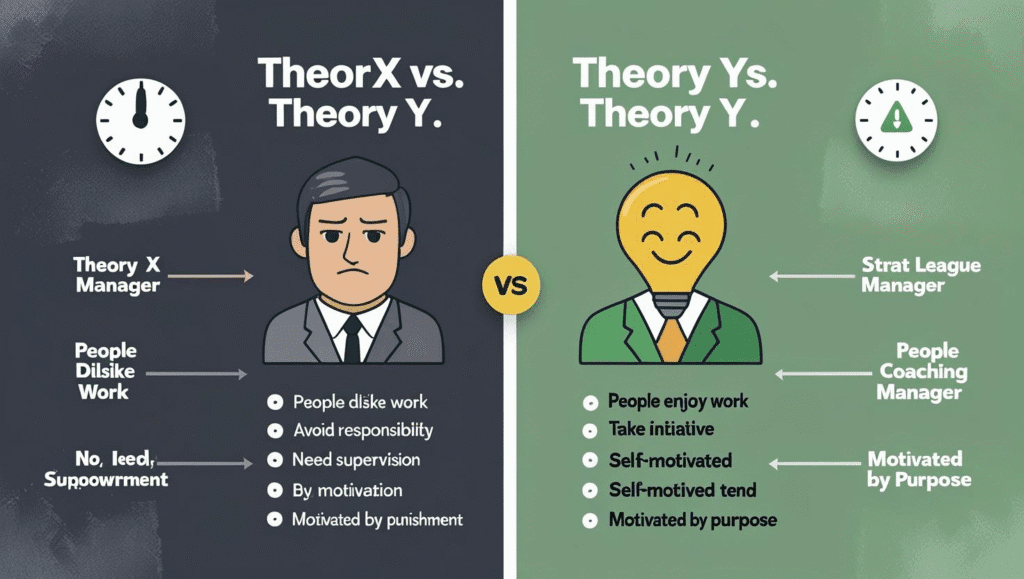From Insight to Action: How SWOT Analysis Uncovers Realistic Market Opportunities
In the competitive business world, identifying the “next big thing” is a constant pursuit. Yet, countless ventures fail by chasing opportunities that, while appealing on the surface, are disconnected from their actual capabilities. So, how do successful organizations sift through endless possibilities to find market opportunities that are not just attractive, but genuinely achievable?
The answer lies in a powerful, time-tested strategic framework: SWOT Analysis. This tool does more than just create lists; it acts as a strategic bridge, connecting a company’s internal reality with the external landscape. This article will guide you through how a rigorous SWOT analysis moves beyond simple brainstorming to become a systematic process for identifying realistic market opportunities your organization is uniquely positioned to win.
Part 1: The Four Pillars of the SWOT Framework
At its core, SWOT analysis is an audit of your current position. It’s divided into two internal factors (that you can control) and two external factors (that you cannot control).
✅ Strengths (Internal)
These are the positive attributes and tangible/intangible assets within your organization that give you a competitive advantage.
- What does your company do exceptionally well?
- What unique resources do you possess (e.g., patents, proprietary tech, strong brand)?
- What do your customers love about you?
❌ Weaknesses (Internal)
These are the internal factors that place your organization at a disadvantage relative to others. An honest assessment here is crucial.
- Where do you have fewer resources than competitors?
- What processes are inefficient?
- What is the biggest complaint from customers or employees?
🚀 Opportunities (External)
These are favorable factors in the external environment that your organization could leverage to its advantage.
- Are there underserved markets?
- Are there emerging technologies you can use?
- Are there changes in regulations or consumer behavior that favor you?
⚠️ Threats (External)
These are external factors that could jeopardize your organization’s success.
- Who are your new and emerging competitors?
- Are there negative economic trends (e.g., recession, inflation)?
- Could changes in technology make your offerings obsolete?
Part 2: The Synthesis – Where SWOT Becomes Strategy with the TOWS Matrix
Listing the four components is just the start. The true power of the analysis is unlocked when you systematically connect the dots between the quadrants. This strategic matching process is often visualized using a TOWS Matrix. This is how raw data becomes actionable insight and where you discover opportunities grounded in reality.
Strengths + Opportunities (S-O)
Attack StrategyThe Core Question: How can we use our internal Strengths to capitalize on external Opportunities?
This is the most direct path to identifying high-potential, realistic opportunities. You are looking for a perfect match between what you do well and what the market wants. These are your “go-for-it” strategies.
Example: A software company with a (S) strong team of AI developers sees an (O) emerging market need for automated customer service solutions. The realistic opportunity is to develop and launch an AI chatbot product.
Weaknesses + Opportunities (W-O)
Development StrategyThe Core Question: How can we leverage external Opportunities to overcome our internal Weaknesses?
This approach identifies opportunities that are promising but may require you to first address an internal shortfall. It creates a roadmap for internal improvement to unlock future growth.
Example: A retail store with a (W) poor e-commerce website sees the (O) massive growth of online shopping. The opportunity is to invest in a new web platform to capture a new customer segment, thereby turning a weakness into a strength.
Strengths + Threats (S-T)
Defensive StrategyThe Core Question: How can we use our Strengths to mitigate or neutralize external Threats?
This isn’t about finding new markets, but about protecting your current one. It helps you build a moat around your business. A company that proactively does this is more resilient and can weather storms better than its competitors.
Example: A restaurant with a (S) famously loyal customer base faces a (T) new chain restaurant opening nearby. The strategy is to leverage its loyal base by launching a new loyalty program and exclusive events to retain customers.
Weaknesses + Threats (W-T)
Survival StrategyThe Core Question: How do we minimize our Weaknesses and avoid external Threats?
This quadrant highlights your most vulnerable areas. The strategies here are defensive and aim to prevent a “perfect storm” scenario where a threat exploits a key weakness. It’s about damage control and strategic retreat if necessary.
Example: A small manufacturer with (W) reliance on a single overseas supplier faces (T) growing geopolitical trade tensions. The survival strategy is to immediately diversify its supply chain by finding a domestic or alternative supplier.
Conclusion: SWOT as the Ultimate Reality Check
As we’ve seen, SWOT analysis is far more than a four-box diagram. It is a rigorous process that forces an organization to look both inward and outward with unflinching honesty. It leads to an understanding of realistic market opportunities by:
- Grounding ideas in reality: The S-O analysis ensures that you pursue opportunities for which you already have a competitive advantage.
- Creating a strategic roadmap: The W-O analysis shows you what you need to fix internally to unlock new avenues for growth.
- Building resilience: The S-T and W-T analyses force you to consider risks, filtering out opportunities that, while attractive, would leave your organization dangerously exposed.
By moving from a simple audit (SWOT) to strategic synthesis (TOWS), a business can confidently filter the universe of “what if” down to a manageable, actionable list of “what’s next.” This is how you find your competitive edge and build a strategy for sustainable success.
Frequently Asked Questions (FAQ)
How often should a company conduct a SWOT analysis?
There is no single answer, but a good practice is to conduct a SWOT analysis annually or semi-annually during strategic planning sessions. Additionally, a new analysis should be performed whenever there is a significant internal or external change, such as the launch of a new product, the entry of a new major competitor, or a shift in market regulations.
What’s the difference between SWOT and TOWS?
SWOT and TOWS are two sides of the same coin. SWOT analysis is the process of brainstorming and listing the Strengths, Weaknesses, Opportunities, and Threats. The TOWS Matrix is the next step: a strategic tool for action planning where you actively match the internal factors (Strengths, Weaknesses) with external factors (Opportunities, Threats) to develop strategies. In short, SWOT is the audit, and TOWS is the strategy development based on that audit.
Who should be involved in a SWOT analysis session?
To get a comprehensive view, you should involve a cross-functional team. This includes not just senior leadership, but also representatives from marketing, sales, operations, finance, and customer service. Each department brings a unique perspective on the company’s strengths, weaknesses, and the external environment, leading to a much richer and more accurate analysis.
What is the most common mistake companies make when doing a SWOT analysis?
The most common mistake is treating it as a simple list-making exercise and then filing it away. The real value of SWOT is not in the four lists themselves, but in the analysis and strategic conversations that follow. Failing to move from the SWOT audit to the TOWS matrix—where you actively connect the dots and formulate strategies—means you are missing the entire point of the exercise.

